Laser Beams Reveal Existing Conditions
Share
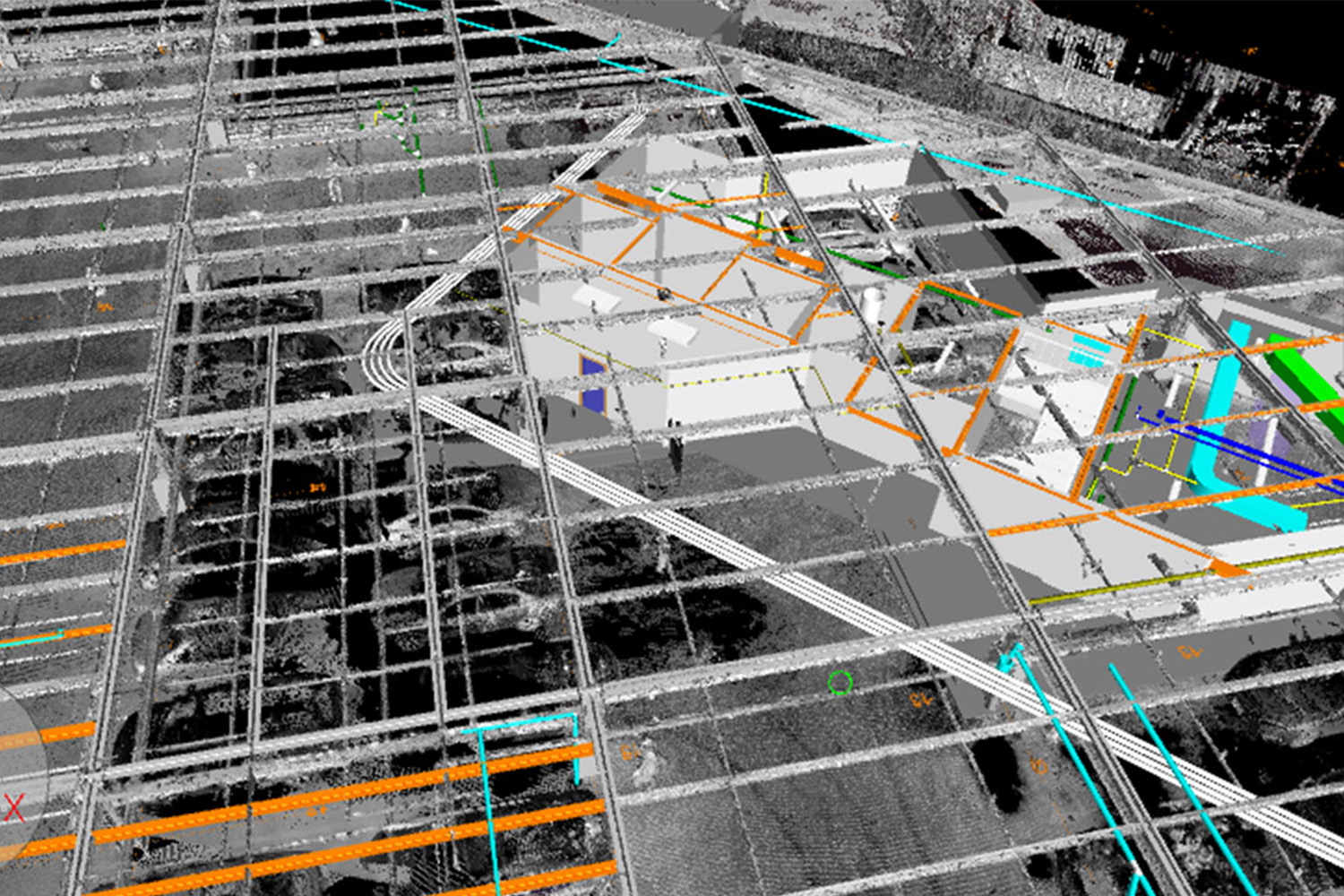
In today’s construction environment, building owners want to bring their building assets to market quickly.
To achieve this, building owners will often procure major building elements before the project and team are fully coordinated, let alone finalized. Some of the major building elements, such as structural steel, have long lead times and are early construction tasks. The combination of early scheduled tasks and long lead times can magnify routine workflow durations and have negative effects on the overall project schedule. You try getting 50-plus jumbo beams approved, fabricated, and shipped to the site in 3 months! It shouldn’t come as a shock that some quality control measures are shortchanged in the effort to secure a production spot critical to the project schedule.
So what critical quality control measures, if overlooked, could have such negative effects on a project schedule? Please see the detail below.
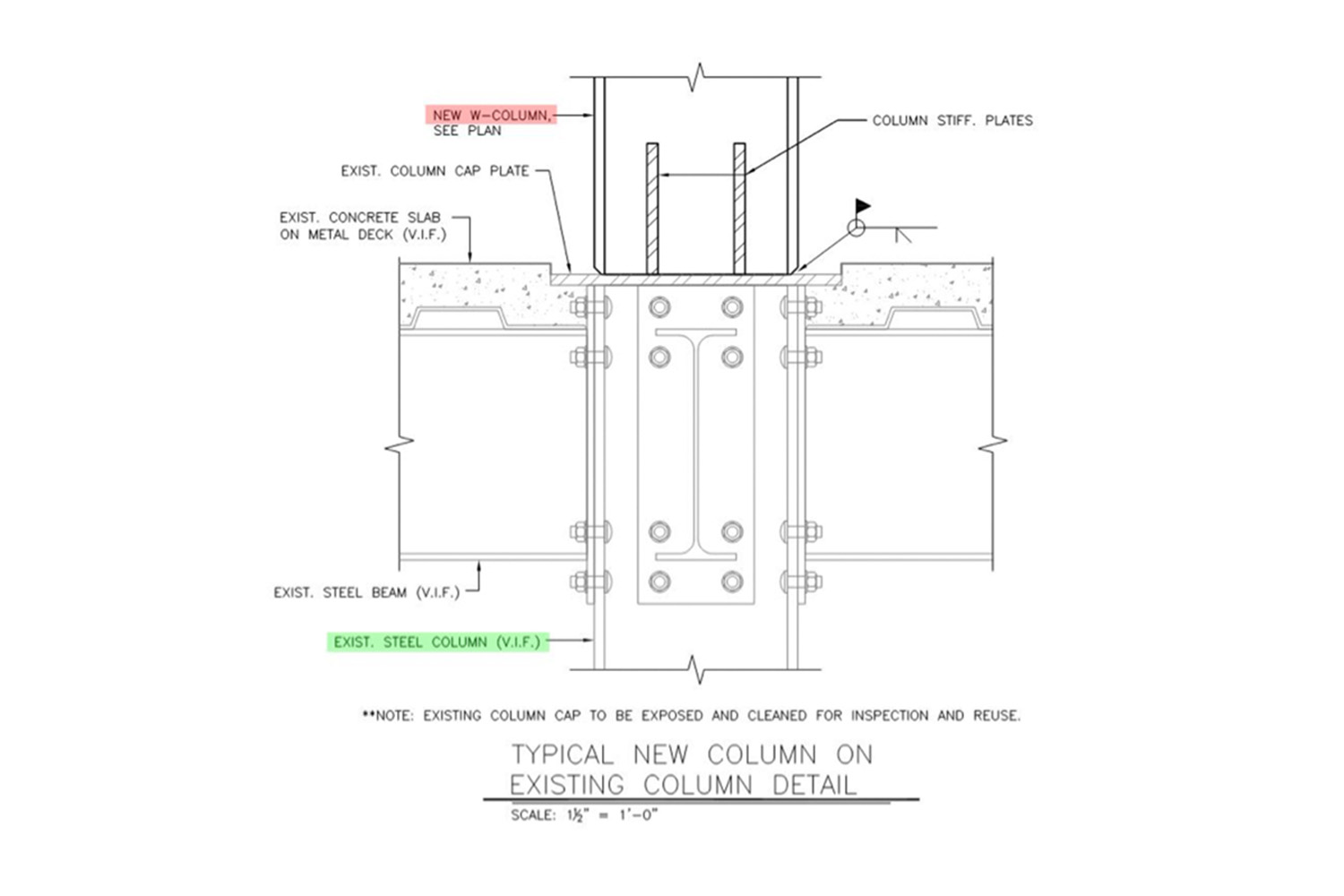
It’s a standard detail really. V.I.F., verify in the field. On the surface, the detail seems straightforward; the new column aligns with the existing column. Simple enough. New steel, however, is fabricated to tolerances that are not satisfied by the idealized dimensions of structural design documents.
So you’re a construction manager and you have tons of new jumbo beams shipping from Denmark that will be erected on existing steel. How do you confirm if the new steel aligns with the existing? What do you do if the new steel doesn’t align? How do you communicate your concerns to the project team?
To answer these questions, we turned to a laser scan to verify the existing structural deck, to produce a deliverable that ties smoothly to digital model workflows, and to invest in new technologies that keep our team pushing innovation in building delivery.
The value in a laser scan provides extraordinary accuracy, close range tolerances are within 1/8th of an inch. Once the scan is registered, we have a deliverable that can be exchanged with other members of the project team to validate the design and make decisions. The laser scan technology keeps our team on the cutting edge, reinforcing tried and true workflows while creating new ones.
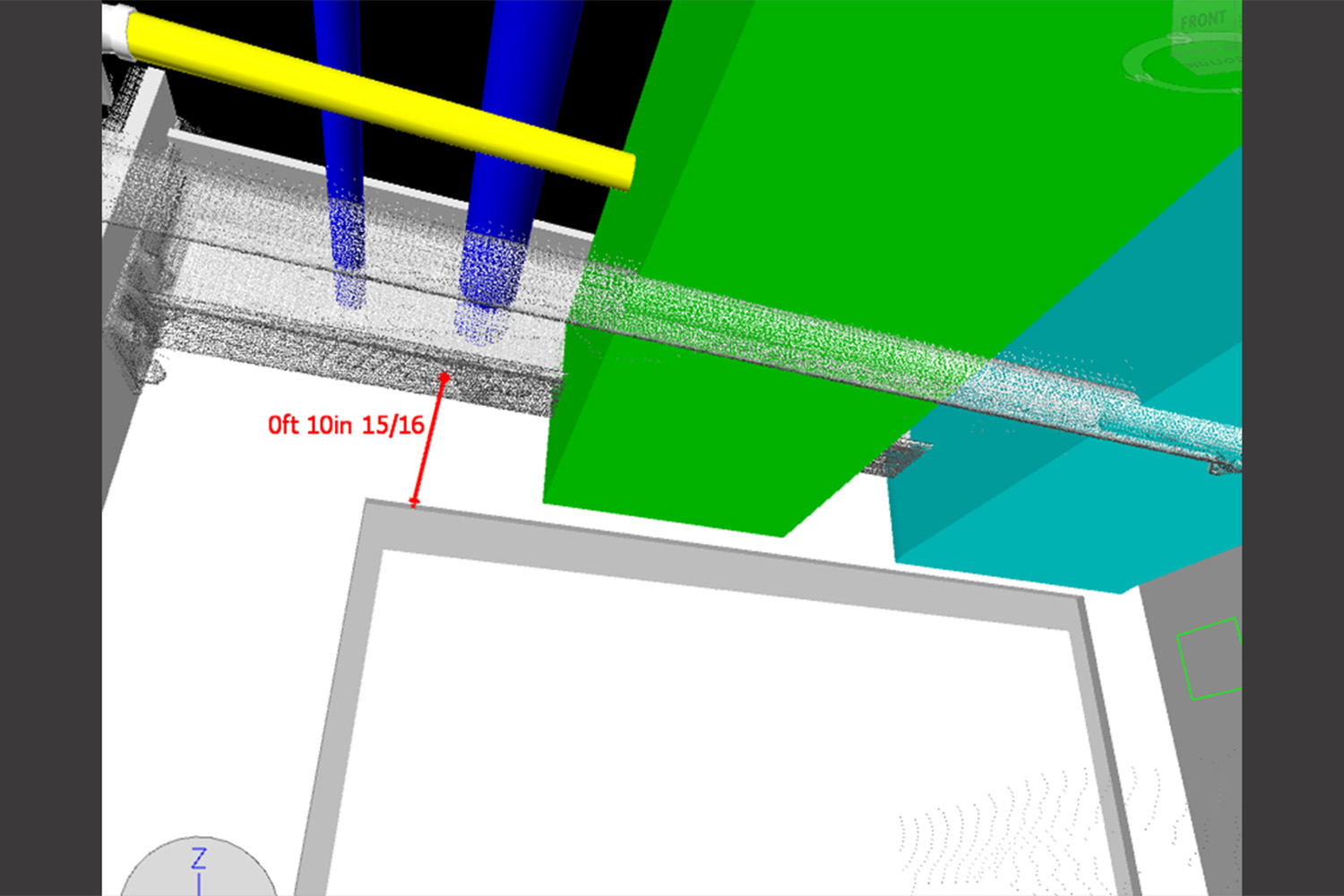
When we scanned the existing structural deck, we discovered centerlines of existing columns off by 1 to 2 inches.
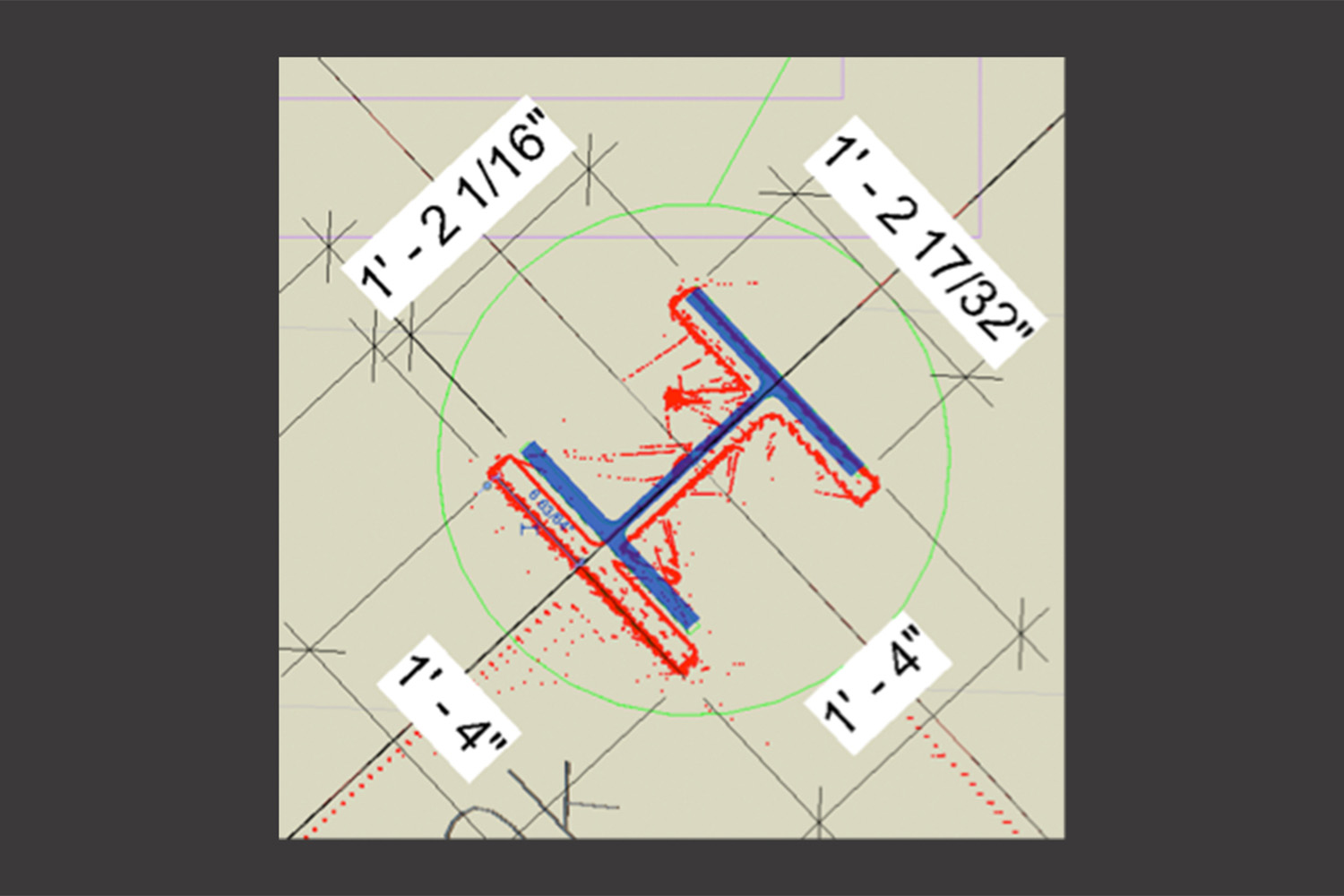
We discovered conflicts with designed piping and duct layouts with existing services and steel.
The information from the scan facilitated the mobilization of the project team to develop additional details to remediate the existing to new column connections as well as review design decisions early in the project before they become urgent. The scan also proved to be a valuable tool in communicating the project to our field crew.
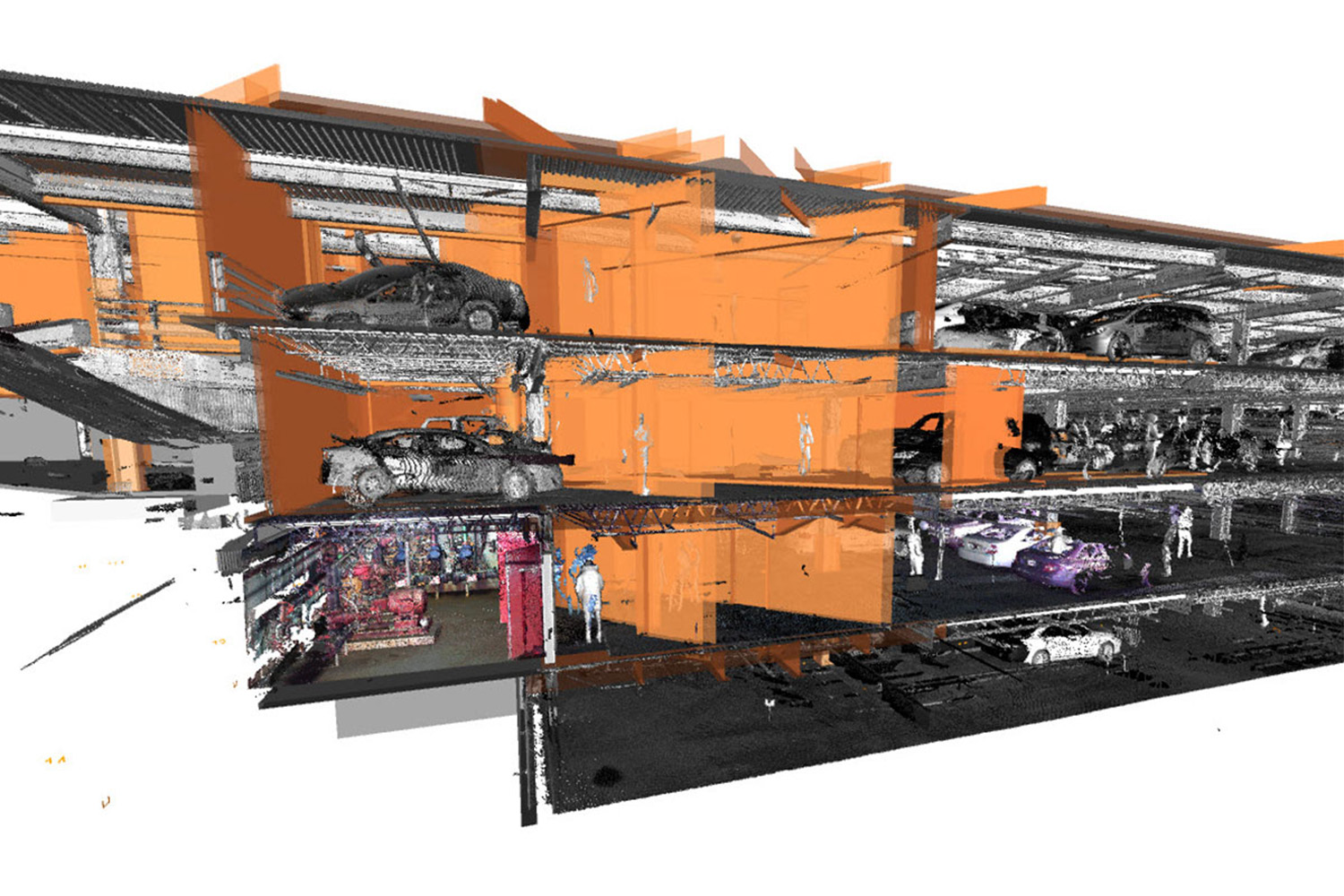
At Tocci, the implementation of laser scanning continues our commitment to incorporating innovative project workflows in our daily tasks.